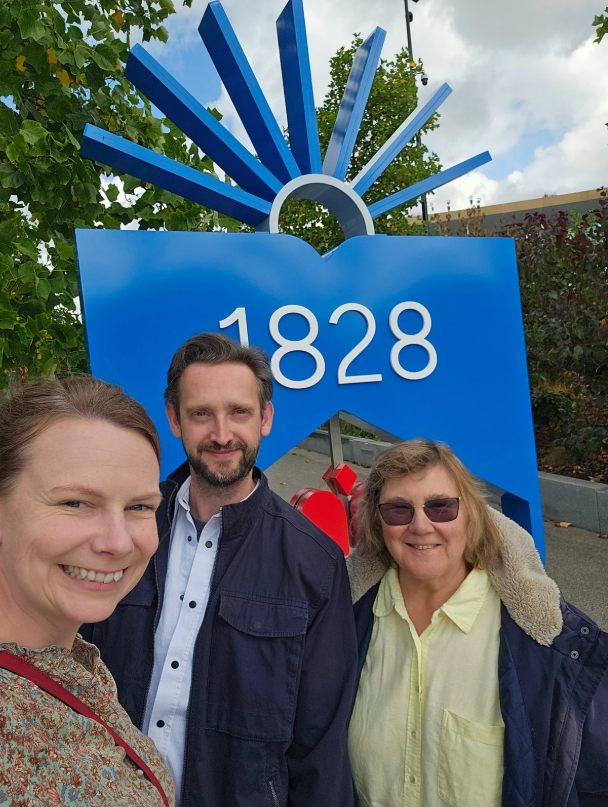
Alarm fatigue remains a pressing challenge in today’s clinical environments, with implications for both patient safety and staff well-being. Encouragingly, research into its measurement and impact has advanced in recent years, offering valuable tools and insights that move us closer to a shared understanding of this complex issue.
To deepen this understanding, we have collaborated on a short piece of research with Dr. John Everett Marsh, Reader in Cognitive Psychology and specialist in the effects of noise on performance and behavior at the University of Central Lancashire; Yvonne Plenderleith, Research Associate at the University of Central Lancashire; and Professor Judy Reed Edworthy, Professor of Applied Psychology and internationally recognized expert in audible alarms.
From ambiguity to clarity
Alarm fatigue has been described through multiple lenses, ranging from sensory overload and emotional strain to desensitisation and changes in responses to alarms. Diversity in the definition of alarm fatigue has posed challenges, but it also creates exciting opportunities for developing more comprehensive, meaningful assessments of the phenomenon.
Promising tools in development
Several questionnaires now exist to capture elements of alarm fatigue. Among them, the Charité Alarm Fatigue Questionnaire (CAFQa) stands out as a strong step forward, incorporating both exploratory and confirmatory factor analyses and initial evidence for convergent validity. While dimensional refinements are still underway, this represents a substantial advance in measurement sophistication compared to earlier tools.
Other measurement tools, developed in multiple countries, demonstrate the growing global recognition of medical alarm fatigue as a priority. Even when relying primarily on exploratory factor analysis and internal consistency, these studies have established a solid foundation for cross-cultural research and provided valuable starting points for future refinement of tools for measuring alarm fatigue.
Opportunities for the next phase
- Robust factor analysis: Are questions in the tool measuring the same underlying construct (or constructs)? Do we need to redefine alarm fatigue into multiple constructs? Factor analysis will determine the construct or constructs and the validity of the questions in the tool.
- Comprehensive validation: Establishing convergent and discriminant validity with related constructs (e.g., burnout, stress, workload). Is the tool measuring stress or job satisfaction instead of alarm fatigue?

By reframing alarm fatigue as a multidimensional syndrome, similar to burnout, researchers can design tools that more fully capture its perceptual, cognitive, emotional, and behavioral dimensions, ultimately leading to more actionable insights for intervention.
Looking ahead
The development of alarm fatigue measures is still in its early stages, but the trajectory is promising. With tools like the CAFQa setting new benchmarks and a growing international research community invested in this issue, the field is well-positioned to produce robust, meaningful tools. This progress will not only sharpen our understanding of alarm fatigue but also inform strategies to improve safety, staff well-being, and patient care.
What does this mean for itemedical?
For Itemedical, these developments offer both direction and opportunity. By engaging with the latest research and contributing to the refinement of measurement tools, we can ensure our solutions are grounded in the best available evidence. This positions us to support healthcare teams in addressing alarm fatigue more effectively.